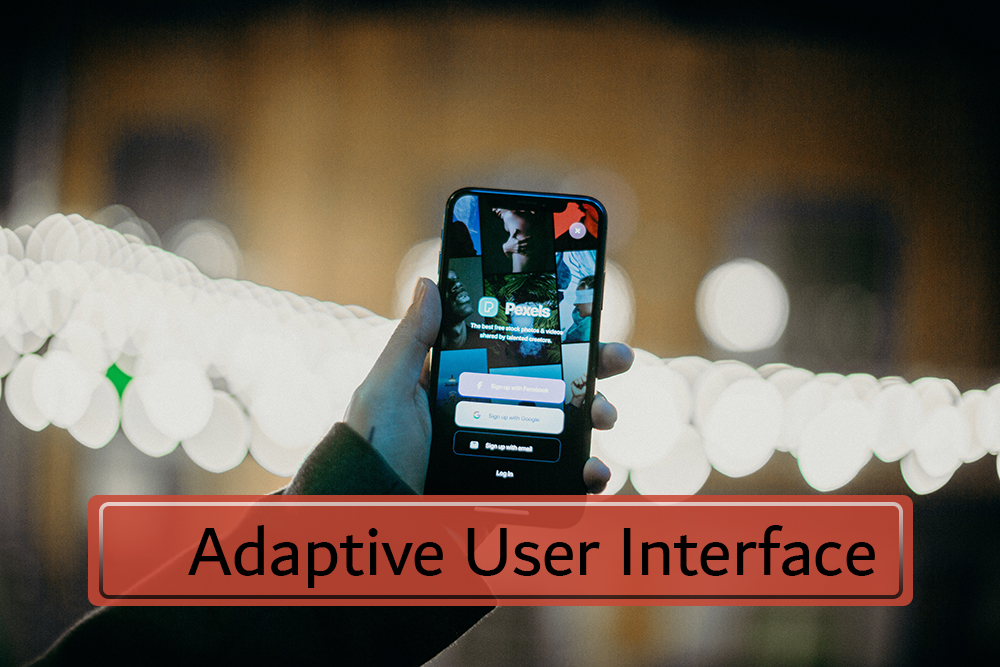What is an adaptive user interface
“An adaptive user interface is a type of user interface that changes its look and feel according to the type of user”.
Suppose an adult comes to the app then app user interface chances according to adult age. If a teenage user uses the same app then a different user interface is shown to that teenage user.
Similarly, some websites have adaptive user interfaces also. Some websites show different interfaces for different countries. If you are from India then the website language is changed to Hindi and if you are from the United States then the website language is changed to English.
The adaptive user interface also works with games. There are different levels of games depending upon the age of the user. The games adapt according to the age, and behaviour of users.

Below are some pros and cons of an adaptive user interface.
Advantages of adaptive user interface
Type of information:
The app/website shows the most relevant information to the user. If the user is male then the app will show male items and information to the user and if a user is female then the information presented to the user is of female type.
Ease of user:
If you are an old man then the app will adapt according to your age. It will show you an easy interface and big fonts. If you are a kid then the app will show you that level of the interface that is easy to use for kids.
Stability:
The adaptive user interface changes according to the type of task you want to perform. This will increase the stability of the system.
Disadvantages of adaptive user interface
Time-consuming:
It is difficult for a user interface designer to design different types of interfaces for different levels of tasks and types of users. The time spend on the app/website development increases because there is a lot of work to be done.
Size of app:
The overall code of the website and the size of the app increases if the user interface is adaptive. There is a lot of code to be written for making the user interface adaptive.
Uses more processing:
The apps and websites using adaptive user interfaces use more computer resources. The app with adaptive behaviour uses more RAM and processing speed than normal apps.
User privacy:
For most apps the user to asked to provide information e.g. age, gender, job type, interests. So users hesitate to provide such private information. This information is used by the app/website for showing different items on the screen.
High cost:
Designing an adaptive user interface costs more money than the normal interface. There are more developers needed to design apps with adaptive functionality. Also, it needs skilled people to make that kind of interface.
Examples of adaptive user interface
- It is used mostly in the medical field. The patients and doctors can see a different type of interface to see the type of disease and how the treatment is going. There is a difference between the interface presented to the doctor and the patient.
- Websites like Facebook, Google, Amazon uses adaptive user interface to show personalized ads to the users.




